
CARRIE PILBY: Hoboken Writer Caren Lissner Gets The Hollywood Treatment
(ABOVE: photo of Caren Lissner by Rob Tannenbaum)
Long-time Hudson County writer/editor/journalist Caren Lissner has made the enviable jump from Hoboken to Hollywood, with her 2003 novel Carrie Pilby hitting the big screen this weekend as a feature film—starring Bel Powley, Nathan Lane, Gabriel Byrne, Vanessa Bayer, Colin O’Donoghue and Jason Ritter.
hMAG was lucky enough to catch up with Lissner this week for a quick Q&A, in between red carpet appearances…
****
hMAG: What was your inspiration for Carrie Pilby?
Caren Lissner: I was living in Hoboken in the late 1990s after college, not sure what to do with my life—confused like a lot of people in their twenties—and doing a lot of writing. I was always very nerdy and felt out of place sometimes among the bar crowds here, and had felt that way in college too. But I had had some luck with humor writing in The New York Times and elsewhere, and decided to try to work on a novel that was a little funnier than what I’d written before. It developed into a story about a bright young woman who’s confused post-college and is figuring out the tradeoffs to make to fit into society. She also has to learn to be less judgmental, as teenagers can be.
One day I rented a couple of films at Take One Video at Washington Street in Hoboken, which usually had all the cool indie films that the other video stores didn’t have. They handed me my two videos without a bag. I was walking back to my apartment and conjured up a goofy rant about that, and that’s how the novel starts.
h: How did the film come about?
CL: The book was published in 2003. It was optioned twice over the years by film companies who wanted to turn it into a TV series, but the shows never materialized. There are just an awful lot of creative projects competing for attention. In 2012 I was contacted by a successful film producer named Suzanne Farwell who had always liked the story and wanted to know if the screen rights were available. She had given the book to Susan Johnson, another successful producer, who was ready to direct her first feature film. They optioned the rights and set to work. Susan and Suzanne launched a Kickstarter campaign solely to raise funding to hire a Hollywood screenwriter to adapt the book. They landed Kara Holden, who whipped up a funny, thoughtful script. It kept the novel’s main themes but also enhanced the story and added new angles. The character is in her own head a lot, so Kara had a big challenge, yet somehow came up with an amazing story.
h: Beyond writing the novel, did you have any creative input in the film production?
CL: I didn’t want to be the author who keeps suggesting changes. Luckily, everyone involved in the film was so talented and creative that I didn’t have many quibbles. I did give some suggestions, which I figured it couldn’t hurt. Susan Johnson was kind enough to send me various drafts of the script. She and the other producers took some of my suggestions, not others, and it turned out great.
 h: What has been the highlight of this experience to date?
h: What has been the highlight of this experience to date?
CL: The highlight is being inspired by seeing so many uniquely talented people in action. I got to visit the set a few times and every person in every job or role was so good at what they did—from directing to producing to acting to set design to wardrobe. I’ve met too many people in the course of my life who were talented in some creative field but just got tired of struggling to get their work out there, and I can’t blame them. Hell, I get some form of rejection every day. I learn from it…slowly. To see so many people love what they do and not give up, partially because it’s so deeply in their heart, is fabulous. It starts at the top; Susan Johnson is talented and tenacious at the same time. She comes across as a generous and calming presence but you can see the cogs of genius working. Somehow she knew how to get the best out of everyone. Suzanne Farwell and the other producers (Susan Cartsonis, Brent Emery) were very hard-working and insightful.
One of what I think is the best scenes in the movie is also a scene that kind of displays everyone’s input. It’s a funny moment in which Carrie (Bel Powley) is eavesdropping on a session between her therapist (Nathan Lane) and a patient (Joel Michaely) who is describing a sexual problem. While it was a short scene in the book, Kara Holden gave it some funny lines, Dean Craig (who punched up the script) added some as well, all three of the actors gave it their unique spin and perhaps a bit of ad libbing, and I know that Susan and Suzanne and the other producers had made some script changes in the film in general. It’s one of my favorite scenes in the movie and I think one of the reasons it worked was because everyone improved it in some way.
Just one other interesting tidbit about inspiration. I got to meet several of the actors here and there, and when it came up in conversation that I felt lucky lucky to have this happen because it’s a struggle to get a creative project to an audience, two of them said they still felt like they were struggling in their careers. These are people who have a big fan base and are very successful in my eyes. But I suppose when you see someone working at their dream, whether building a business or running an office or starting a restaurant or starring in a movie, you don’t see the years of obstacles and re-dos and re-inventions they go through to get there (and are still going through). The point of this long, rambling answer is that everyone involved with the film inspired me.
 h: We imagine you’re likely partial, but which is better—the book or the movie???
h: We imagine you’re likely partial, but which is better—the book or the movie???
CL: I like the movie better; and my partiality works in a different way than you think; I’ve read the book at least 200 times during revising and rewriting, and the movie is fresh to me. But I think the movie is so multilayered that I might choose it anyway. It’s a rich experience to see these characters breathing, living, hashing out their problems, falling in love, stumbling and surviving on the big screen. My favorite jokes are the ones in the film that I know Kara Holden or Dean Craig wrote or that Vanessa Bayer ad libbed (you may have to watch the movie twice to catch one of her really funny throwaway lines at the end of a bar scene). I’ve enjoyed seeing where the audience laughs and what they find funny, because obviously I can’t look at it with fresh perspective. It turns out that most of it is universal; most people are laughing in the same places, which is good. Once in a while an audience reaction surprises me, but often it’s fairly consistent.
h: What’s next?
CL: I’m finishing up another novel that’s been in my heart for a while, called In for the Winter. It also has a teen protagonist. And I’m almost done with a memoir of my nerdy experiences in a New Jersey high school in the 1980s, called Wise Fool.
****
The film, Carrie Pilby, premieres in theaters in five cities (New York City, LA, San Diego, Chicago, and DC) this weekend and runs through Thursday April 6. CLICK HERE for ticket information.
It’s also available for preorder on Amazon and iTunes.
Futhermore, Carrie Pilby (Original Motion Picture Soundtrack) is being released by The Orchard this Friday (streaming and download). Fellow Hobokenite (and hMAG contributor) Mike Cimicata coordinated production of the soundtrack album.
To keep up with Caren Lissner, check out carenlissner.com.

 Previous Article
Previous Article Next Article
Next Article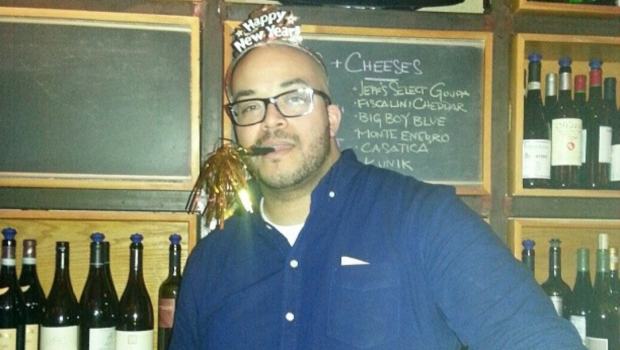 ASK YOUR BARTENDER: Bin 14’s Joel David Liscio
ASK YOUR BARTENDER: Bin 14’s Joel David Liscio  “Crack Up” – New EP from BWQ Brings Cool Music & Hot Sauce to the New Jersey Indie Music Scene
“Crack Up” – New EP from BWQ Brings Cool Music & Hot Sauce to the New Jersey Indie Music Scene  FACES: Gina Tognoni – ACTRESS
FACES: Gina Tognoni – ACTRESS 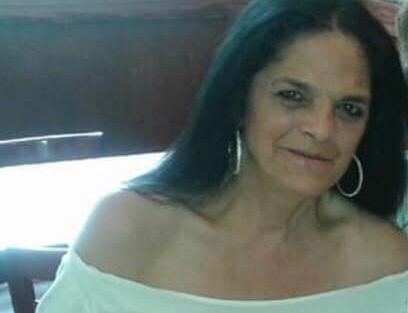 PAULINE’S CHOCOLATES — Remembering Pauline Nawrocki, a Hoboken Staple
PAULINE’S CHOCOLATES — Remembering Pauline Nawrocki, a Hoboken Staple  ALLIES4JUSTICE: Organizers of Hoboken Protest Outline Their Goals
ALLIES4JUSTICE: Organizers of Hoboken Protest Outline Their Goals 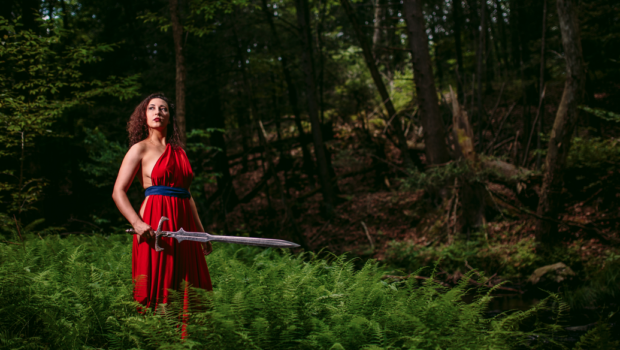 KNEEL BEFORE HEAVYHEAD: Sylvana Joyce + The Moment Bring Their Powerful New Album To Life — SATURDAY, DECEMBER 16th @ MAXWELL’S
KNEEL BEFORE HEAVYHEAD: Sylvana Joyce + The Moment Bring Their Powerful New Album To Life — SATURDAY, DECEMBER 16th @ MAXWELL’S 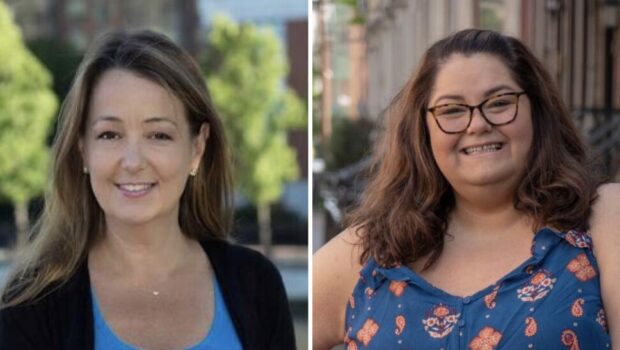 SECOND WARD: Tiffanie Fisher / Nora Martínez-DeBenedetto | Hoboken City Council Candidate Questionnaire — VOTE NOV. 5, 2019
SECOND WARD: Tiffanie Fisher / Nora Martínez-DeBenedetto | Hoboken City Council Candidate Questionnaire — VOTE NOV. 5, 2019 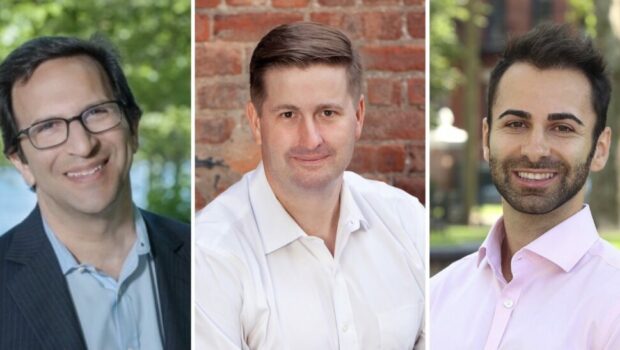 FIFTH WARD: Phil Cohen / Tim Crowell / Nicola Maganuco | Hoboken City Council Candidate Questionnaire — VOTE NOV. 5, 2019
FIFTH WARD: Phil Cohen / Tim Crowell / Nicola Maganuco | Hoboken City Council Candidate Questionnaire — VOTE NOV. 5, 2019